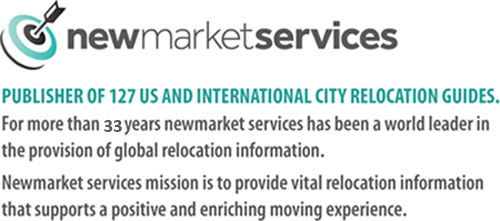It has been speculated that the Sydney region has been populated by indigenous Australians for at least 40,000 years. At the time of the arrival of the First Fleet in 1788, 4000 – 8000 Aboriginal people lived in the region. There were three different language groups in the Sydney region; these were further refined into dialects spoken by smaller clans. The principal languages were Darug (the Cadigal, original inhabitants of the City of Sydney, spoke a coastal dialect of Darug), Dharawal and Guringai. Each clan had a territory; the location of that territory determined the resources available. Although urbanization has destroyed most evidence of these settlements (such as shell middens), rock carvings still exist in several locations.
European interest in colonizing Australia arose with the landing of British sea captain, Lieutenant James Cook in Botany Bay in 1770. Under instruction from the British government, a convict settlement was founded by Arthur Phillip in 1788. Phillip founded the colony at Sydney Cove on Port Jackson. He named it after the British Home Secretary, Thomas Townshend, Lord Sydney, in recognition of Sydney’s role in issuing the charter authorizing Phillip to establish a colony. In April 1789 a disease, thought to be smallpox, decimated the indigenous population of Sydney; a conservative estimate says that 500 to 1000 Aboriginal people died in the area between Broken and Botany Bays. There was violent resistance to British settlement, notably by the warrior Pemulwuy in the area around Botany Bay, and conflicts were common in the area surrounding the Hawkesbury River. By 1820 there were only a few hundred Aborigines and Governor Macquarie had begun initiatives to ‘civilize, Christianize and educate’ the Aborigines by removing them from their clans.
Macquarie’s tenure as Governor of New South Wales was a period when Sydney was improved from its basic beginnings. Roads, bridges, wharves and public buildings were constructed by British and Irish convicts, and by 1822 the town had banks, markets, well-established thoroughfares and an organized constabulary. The 1830s and 1840s were periods of urban development, including the development of the first suburbs, as the town grew rapidly when ships began arriving from the British Isles with immigrants looking to start a new life in a new country. On July 20 1842 the municipal council of Sydney was incorporated and the town was declared the first city in Australia, Charles H. Chambers was the first mayor. The first of several gold rushes started in 1851, and the port of Sydney has since seen many waves of people arriving from around the world. Rapid suburban development began in the last quarter of the 19th century with the advent of steam powered tramways and railways. With industrialization Sydney expanded rapidly, and by the early 20th century it had a population well in excess of one million. The Great Depression hit Sydney badly. One of the highlights of the Depression era, however, was the completion of the Sydney Harbour Bridge in 1932.
[insert_php]
$market = “SDY”;
global $market ;
[/insert_php]
[insert_php]
$market = “SDY” ;
[/insert_php]
